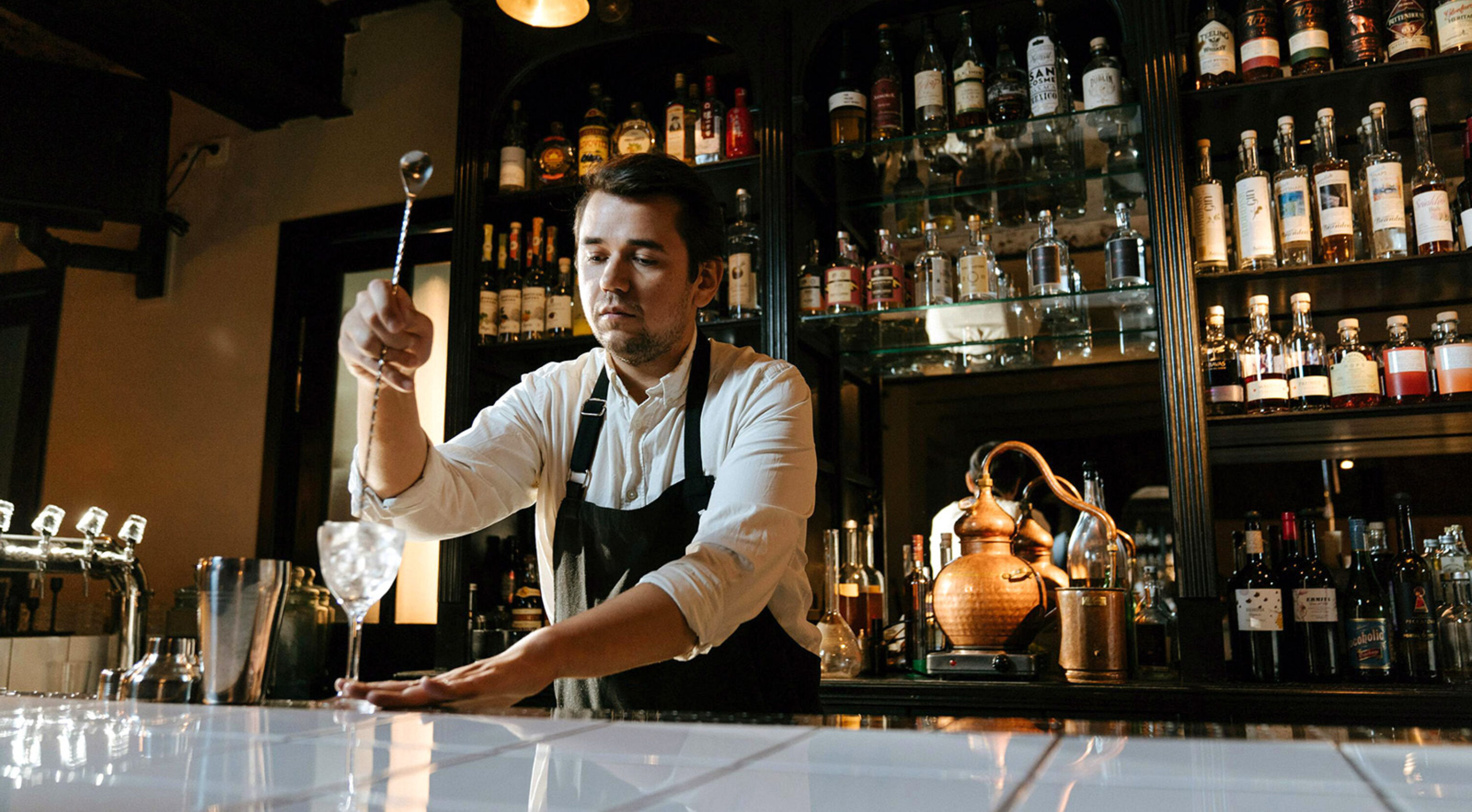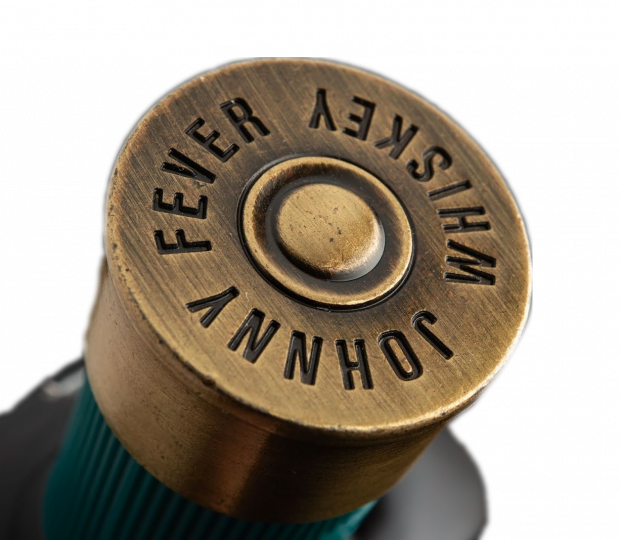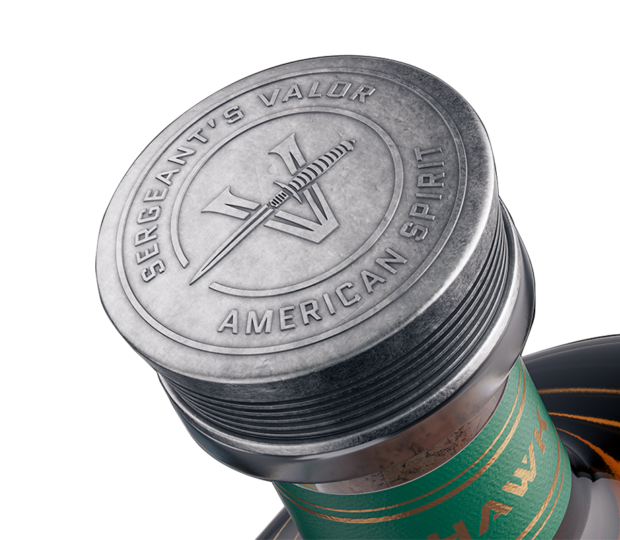A New Playbook: How Craft Whiskey Is Evolving Beyond Beer’s Blueprint

Written by Sam Seiller
July 02, 2025
Craft whiskey producers often looked to craft brewers for leading trends. Is that still the case, and what can we infer?
According to the Brewers Association, US beer and imports were down 1% last year, while craft brewer volume decreased by 4%. As a result, the share of craft brewers slightly declined to 13.3%. Interestingly, dollar sales of craft brews increased slightly by 1%. Strong craft brews were able to raise their prices and stay stable. Additionally, we are seeing more on-site sales than ever before. Consumers are choosing local breweries as experiential destinations. There is considerable speculation about why this is happening.
Here is our take:
There was a period of time when consumers wanted to support their local brew. As a result, brewers had the opportunity to be creative and experiment with different flavor profiles and unique offerings. Like any product, the end game is taste. While consumers might be willing to try anything once, repeat purchases tend to be low. Many brewers have refined their offerings to focus on what sells. Seasonal offerings are now often available only on-site, catering to their loyal local customers fans.
Beer distribution has the added complication of shelf life. Unlike spirits, turns need to happen quickly to prevent product quality issues. This makes distribution outside the brewery difficult, as consumer call must be generated prior to retail or on-premise release.

Will whiskey follow suit?
Our take - it already has. We don’t believe beer is a leading indicator anymore. Craft whiskies have been on the market in a significant way for 2 decades. We are seeing similar trends at the same time. The reality is, whiskey has caught up.
Just like beer, whiskey producers entered the market with a focus on innovation. Differentiation was crucial at a time when a surge of brands was emerging. They used everything from a production story — such as playing loud music, believed to influence the barrels through vibrations — to experimenting with grains, like red corn and heritage varieties. Like beer, many consumers were eager to try new innovations; however, unlike beer, the entry cost was much higher. Consumers quickly realized that taste was the top priority. Some innovations succeeded, while others failed, leading to growing skepticism about trying new products solely because they were innovative.
Unlike beer, all of the color and most of the flavor come from aging. Again in the whiskey world, innovation took hold... some succeeded: whiskey finished in secondary barrels is now a significant category, while others did not work as well: speeding up aging in small barrels left a sharpness in the whiskey that consumers noticed.
The COVID lockdown affected local breweries and distilleries, with breweries being hit harder. Without on-site sales, businesses were often shut down temporarily or, sadly, permanently. Only beer brands with a strong following could still be purchased in-store or online. The whiskey industry also felt a significant impact, though perhaps less severe due to the ability to manage inventory through aging. Consumer behavior shifted in favor of trusted brands, which was the only category to experience growth. Meanwhile, new and small local craft brands declined.

What is happening in the whiskey world today?
Whiskey has enjoyed more than a decade of significant growth - largely driven by the Super Premium category. As mentioned earlier, Covid caused a temporary pause in that trend—consumers went back to the "old stand-bys" they trusted. Now, we are seeing a bit of give back. US whiskey in general declined 1% in 2023 and 2% in 2024; however, Super Premiums are still showing significant growth. Most craft brands and special releases fall into this category. Just like with beer, consumers are willing to drink better. We also see other similar trends to watch for.
- Spirits continue to outpace beer in on-premise sales. On-premise remains a crucial channel for super premium and craft whiskey, as it's where consumers try new products. Spirits - whiskey in particular is significantly outpacing beer through on-line sales.
- According to ASCA, similar to beer, the majority of volume from craft distillers comes from their home state. We believe it is crucial to focus efforts where the brand can build awareness and encourage trial before expanding too quickly.
- ASCA also shows that while the number of craft spirits producers continues to grow (albeit at a smaller rate), the largest volume growth is coming from the bigger distillers. We believe this is largely due to the distributor landscape.
- Unlike beer, the distribution network for spirits has undergone a monumental change in the past decade, and it's only accelerating now. Due to an enormous amount of consolidation, many newer spirits brands are finding it difficult to get a distribution partner. Brands must be “proven” before they are taken on.
Conclusion
We are still seeing growth in the craft whiskey market. Brands that focus on quality, have a compelling story, or possess a unique position have potential. While making whiskey requires patience due to aging, it also demands patience in the market. Your brand's love and passion must resonate with your target consumer. Creating buzz is easiest where you can control the message, which is often at home. Use your local market to build your brand and discover what works. Apply those lessons when entering new markets. Make sure you have a presence wherever you go. Distributors are no longer your main partners in brand building. Be ready to do the heavy lifting with clear messaging, a focused plan, and your own sales team and ambassadors to carry it out. It is possible - we’ve seen some rising stars in recent years despite the difficult landscape.



